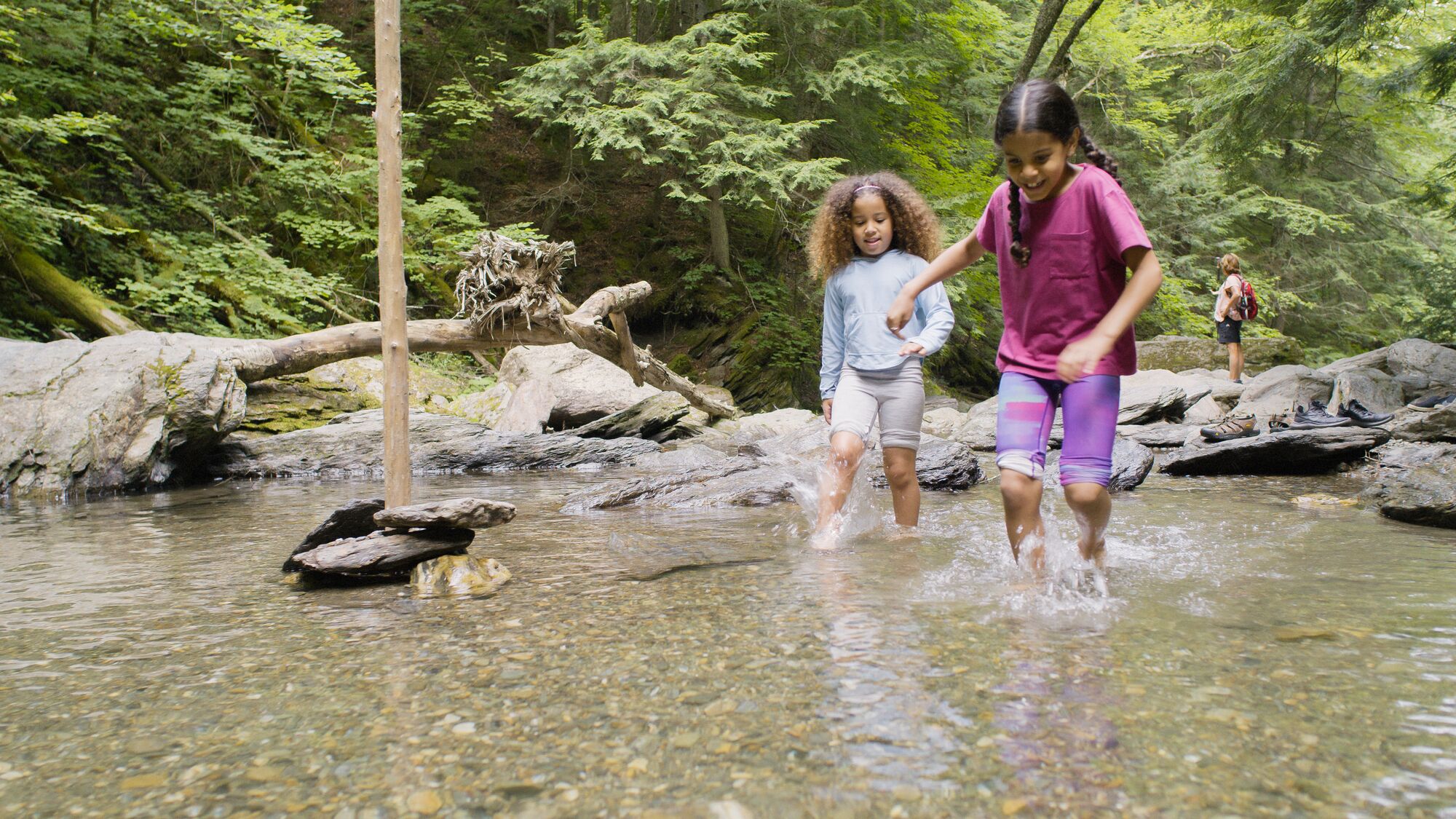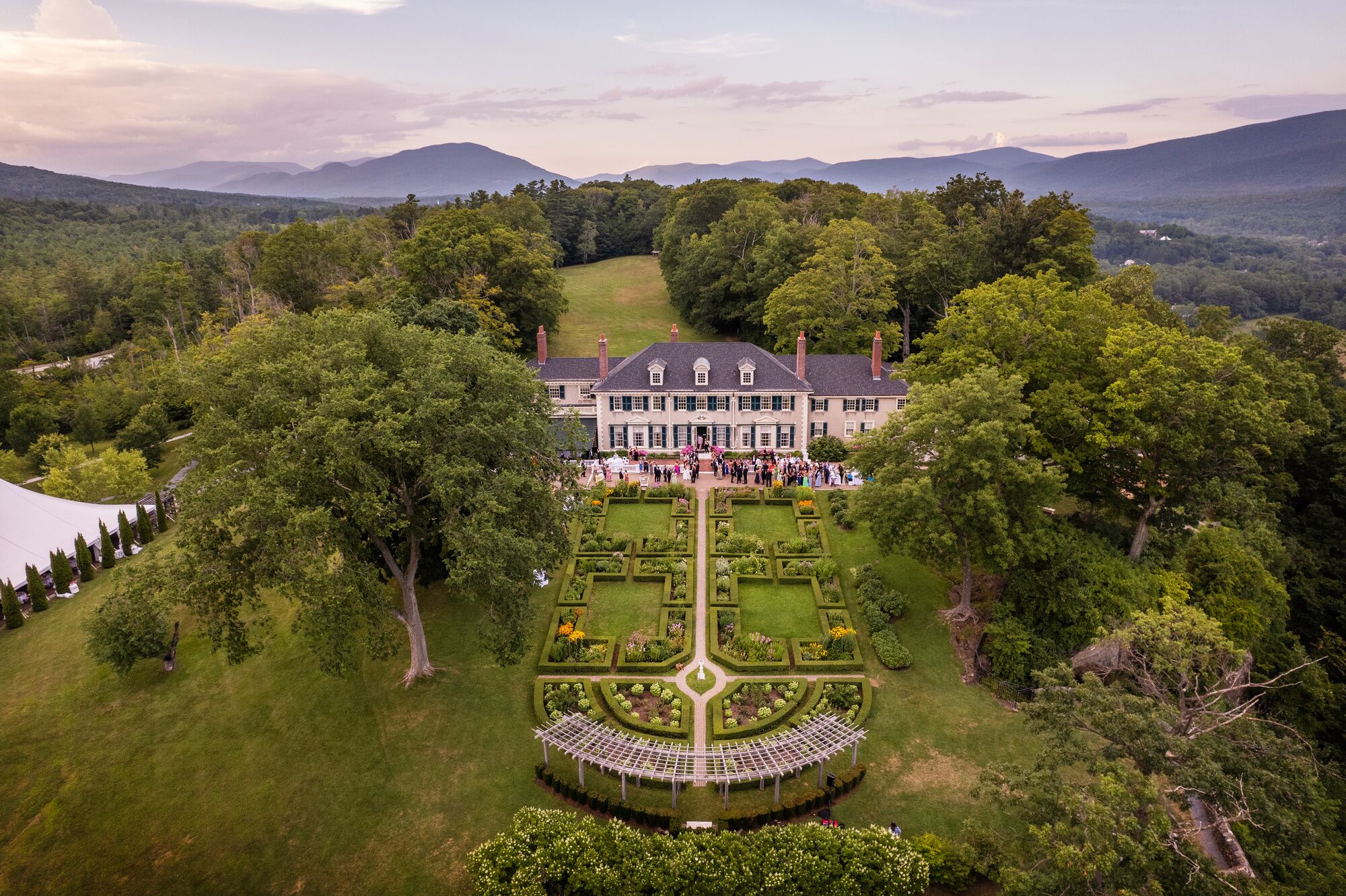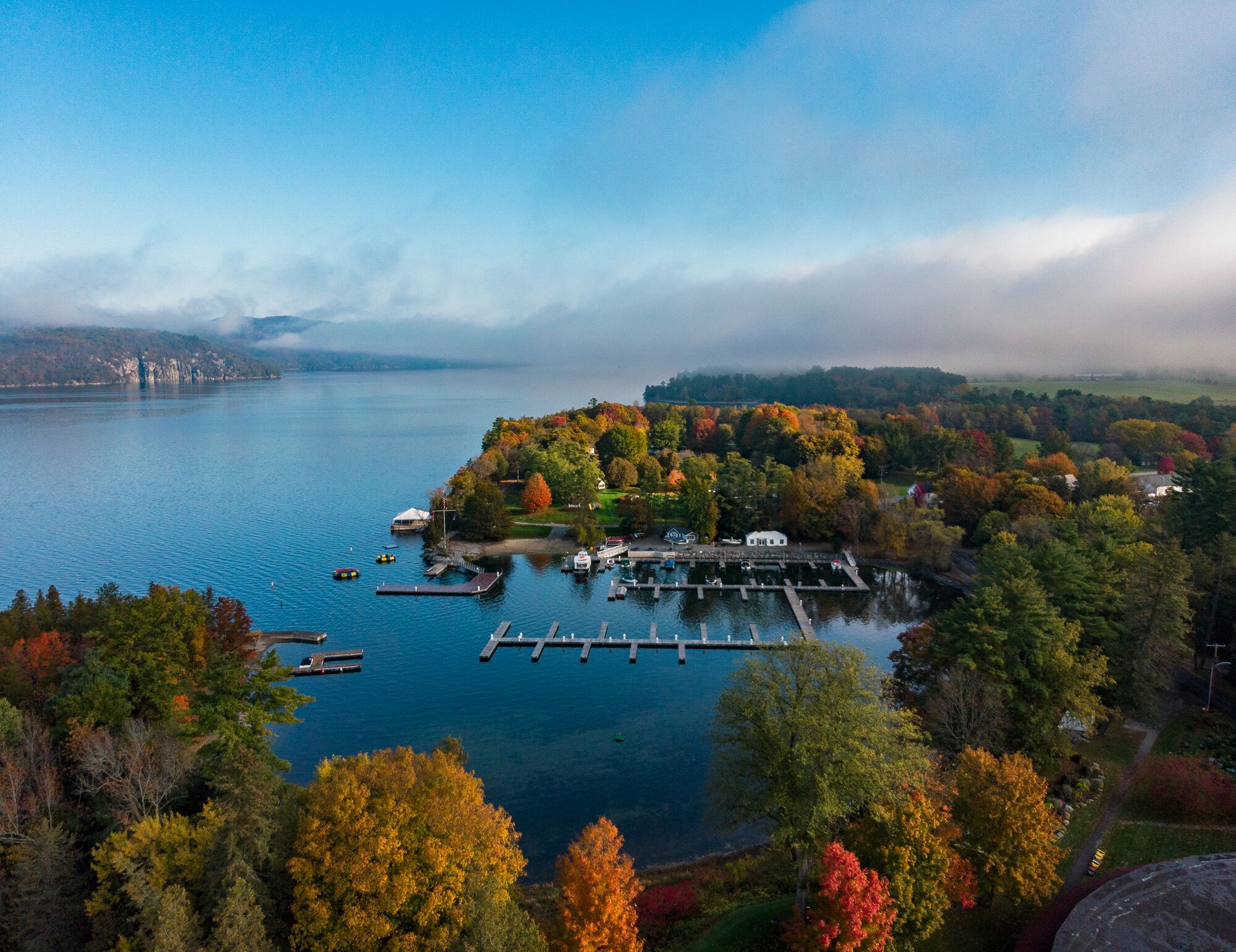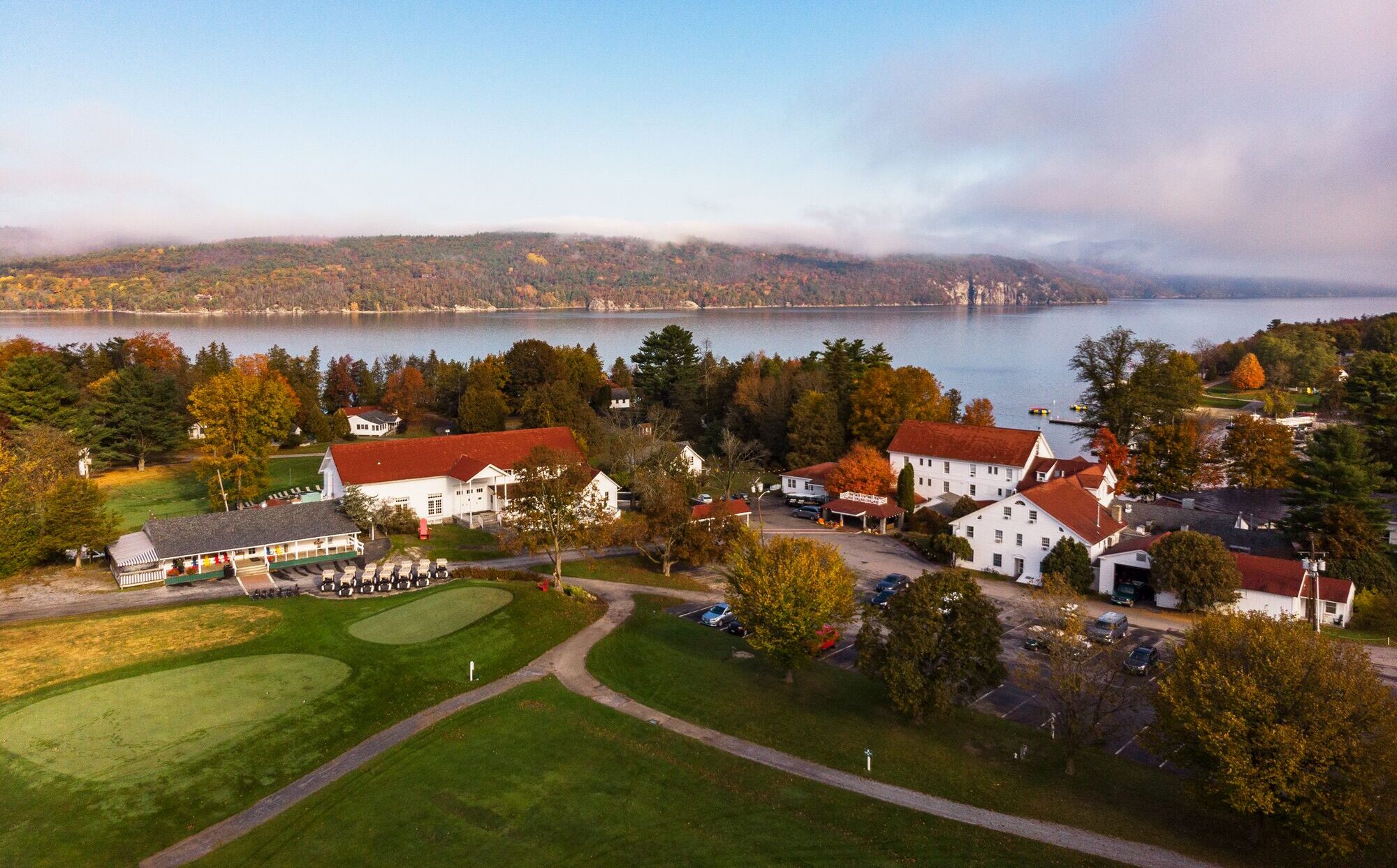Stone Valley

Stone Valley
Much like the prized marble and slate that’s been dug from its soil over the decades, the Stone Valley is a treasure lying below the surface. It lies at the narrow, quieter southern end of Lake Champlain, and sits on the outskirts of the lofty northern Green Mountains. With its off-the-beaten-track location, the Stone Valley is as much a discovery as a destination. But in fact, one doesn’t have to dig deep into this pocket of southwestern Vermont to uncover its appeal.
Two of the Stone Valley’s biggest draws can be found in its great outdoors. Here is where to tackle the Northeast’s largest ski area, Killington, which keeps the sporty crowd happy all year round with its bike park, golf course, and adventure center. Meanwhile, anglers drop their lines for bass, perch, and northern pike in Lake Bomoseen, the biggest lake completely within the state’s borders. Whether skiing or fishing, hiking or biking, today’s outdoor adventurers are following in the footsteps of early tourists who “took the waters” at Middletown Springs in the 19th century, and vacationed (like President Eisenhower) at Chittenden’s Mountain Top Resort, still a favorite getaway.
The mountains and hills that host the Stone Valley’s four-season recreation scene also provided the raw material that gave the region its name. Quarries here have yielded marble for the U.S. Supreme Court, the United Nations headquarters in New York, and the Tomb of the Unknown Soldier at Arlington Cemetery. And for generations, slate from the hills around Fair Haven has been crafted into fine, durable roofing. A vision of the heyday of Stone Valley quarrying awaits in Proctor, where sidewalks and even a bridge are made of snowy-white marble.
The city of Rutland is the Stone Valley’s busy center. Its walkable downtown is dotted with locally owned brewpubs, sidewalk cafés, and restaurants that include Roots, an upscale farm-to-table destination, and zesty international eateries like Taco Fresco and Masala Corner. Among the standouts of the city’s arts and culture scene are the splendidly restored Paramount Theater, a 1914 movie palace repurposed as a performing arts venue, and the Chaffee Art Center, a rambling Victorian mansion whose galleries showcase works by Vermont artists.
Not all of Rutland’s art is indoors, as a stroll around downtown quickly reveals. This is a city of murals, more than two dozen in all, that turn up everywhere from lively Merchants Row to quiet back alleys. In one mural, Batman appears to burst through a brick wall. In another, three tropical fish swim across the side of the Art Deco–style Service Building, a seven-story mini skyscraper that was once the tallest in Vermont. Scattered about the city, too, are sculptures of notable locals, such as ski champion Andrea Mead Lawrence and Martin Henry Freeman, the nation’s first Black college president.
The only thing more abundant than local art may be local food, as one of the oldest and largest farmers markets in Vermont makes its home here. From May to October, the Vermont Farmers Market and Rutland County Farmers Market combine forces in the heart of downtown, offering everything from hemp-infused honey to heirloom vegetables. Often with live music and always with a warm welcome, it’s an essential Stone Valley experience for visitors of all ages to share in.
Top Picks by Season from Yankee Magazine
Things To Do In The Stone Valley
Spring
Maple Fest
Poultney
Thundering Brook Falls
Killington
Walking Tour of Downtown Murals and Sculptures
Rutland
Spring Golfing
Green Mountain National Golf Course, Killington
Peter Huntoon Gallery
Middletown Springs
Read More
Summer
Rutland Farmers Market
Rutland
Killington Adventure Center
Killington
Pond Hill Pro Rodeo
Castleton
Taconic Mountain Ramble Zen Garden
Hubbardton
Read More
Fall
Biking the Slate Valley Trails
Poultney
Consider Bardwell Farm
West Pawlet
Caving Tours by Appalachian Trail Adventures
Killington
Wilson Castle
Proctor
Hathaway Farm
Rutland
Read More
Winter
Ski Both Sides of Vermont
Killington and Pico
Ice Fishing
Lake Bomoseen and Lake St. Catherine
Art Tour
Brandon
Winterfest
Rutland
Original General Store and The Backroom
Pittsfield
Read More



